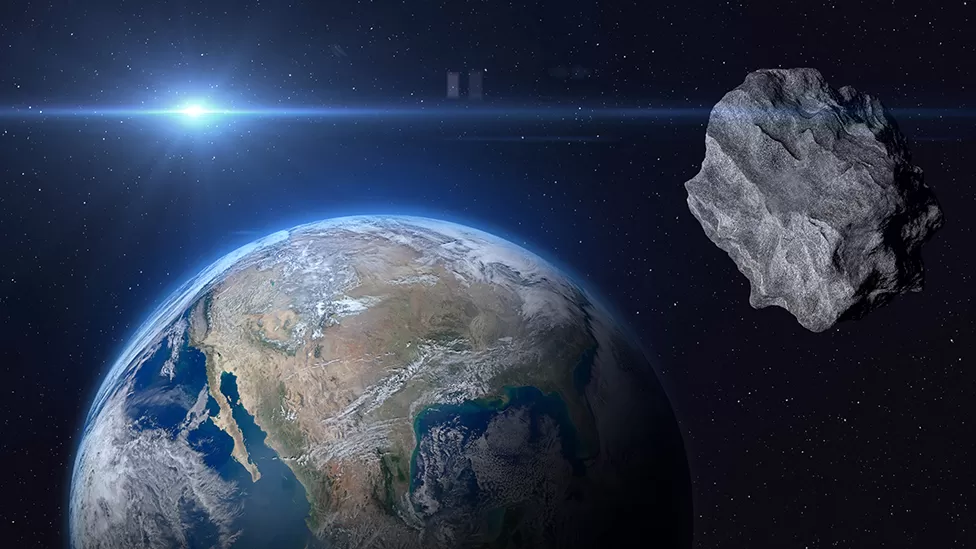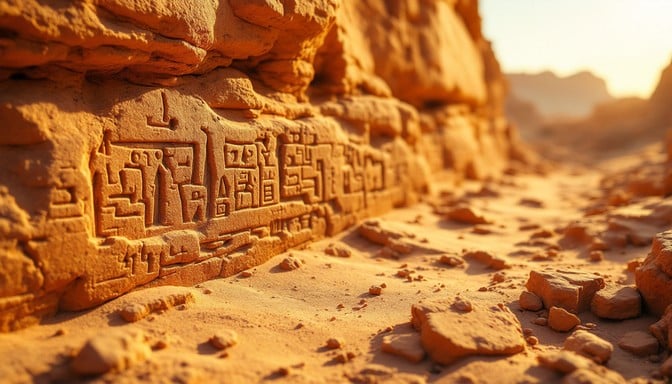NASA reports that a newly detected asteroid might collide with Earth in 23 years. The asteroid in question has a probability of hitting our planet on February 14, 2046, potentially ruining Valentine’s Day for future generations of romantics.

The solitary item featured on NASA’s risk list is a rock named 2023 DW. According to NASA, the asteroid is estimated to have a diameter of around 160 feet (50 metres) — which is the height of the Arc de Triomphe in Paris, France — and it is currently traveling around 15.5 miles per second (25 kilometers per second). The asteroid is expected to make a very close approach to Earth on 14.02.2046. The European Space Agency’s Near-Earth Object Coordination Centre predicts a 1-in-625 chance of a direct impact, although those odds are being recalculated daily.
A direct impact from such a rock wouldn’t be cataclysmic like the roughly 7.5-mile-wide (12 kilometers) dinosaur-killing asteroid that crashed to Earth 66 million years ago. However, 2023 DW could still cause severe damage if it were to land close to a major city or heavily populated area. In 2013 a Near-Earth-Object meteor less than half the size of 2023 DW exploded over Chelyabinsk, Russia, generating a shock wave that damaged thousands of buildings and injured roughly 1,500 people. Although technology is being developed to deflect of blow up an asteroid, 2023 DW remains a “city buster” capable of knocking out cities like Washington, D.C., or London if it were to hit Earth.






